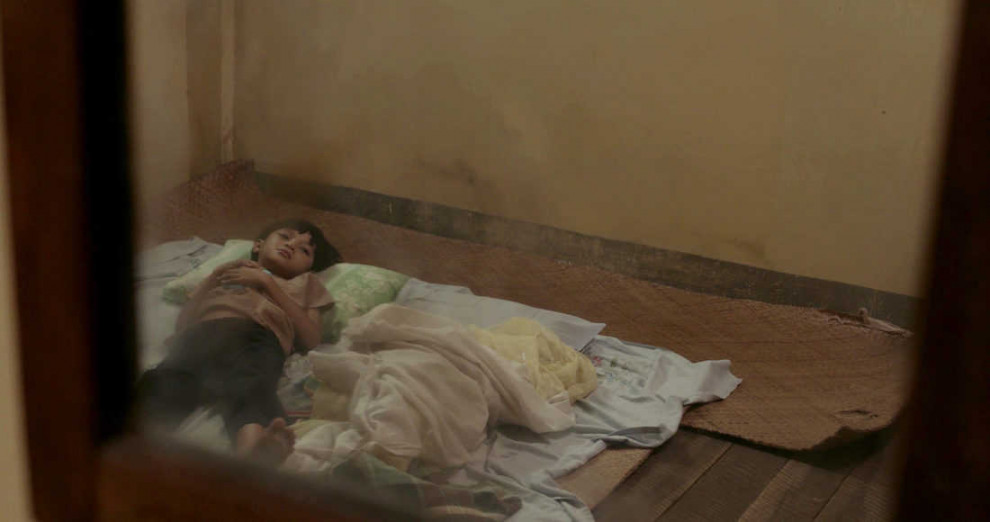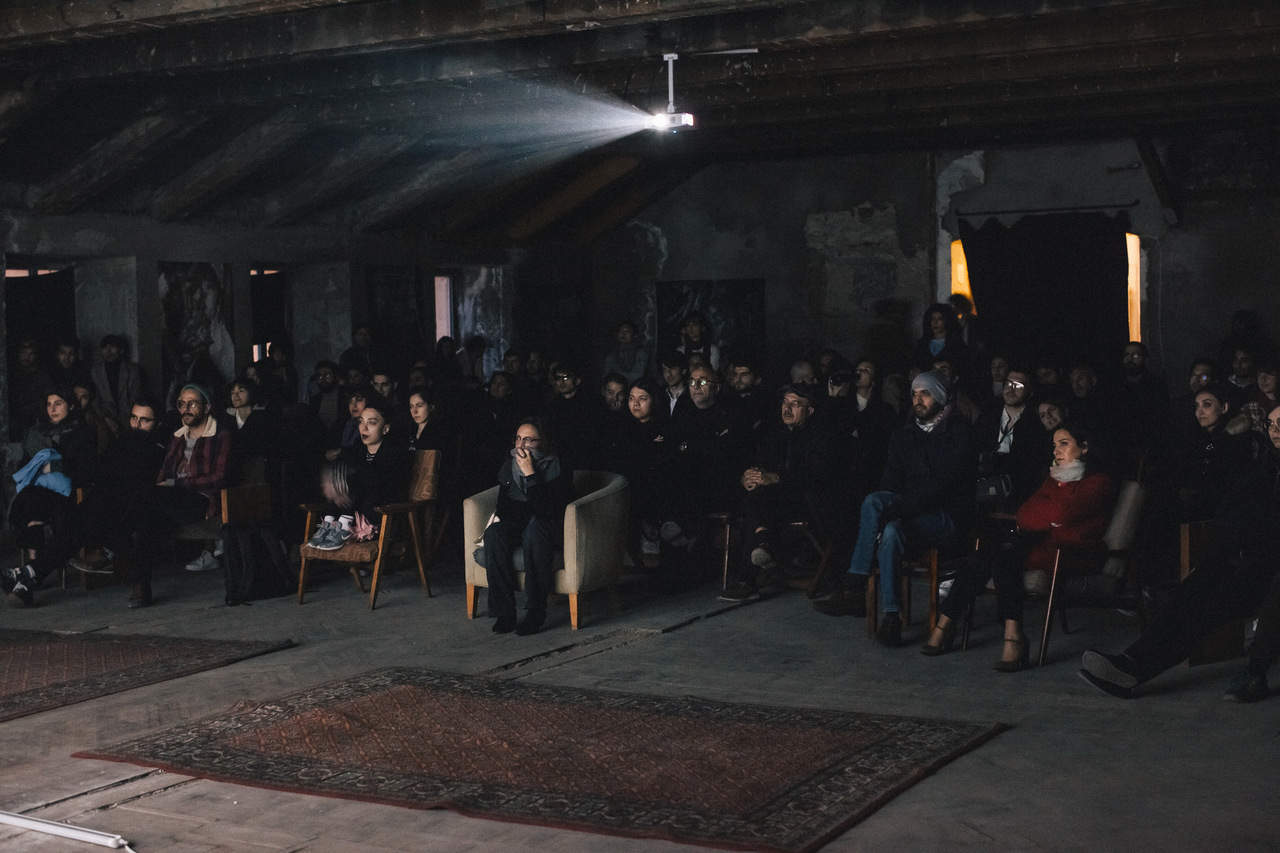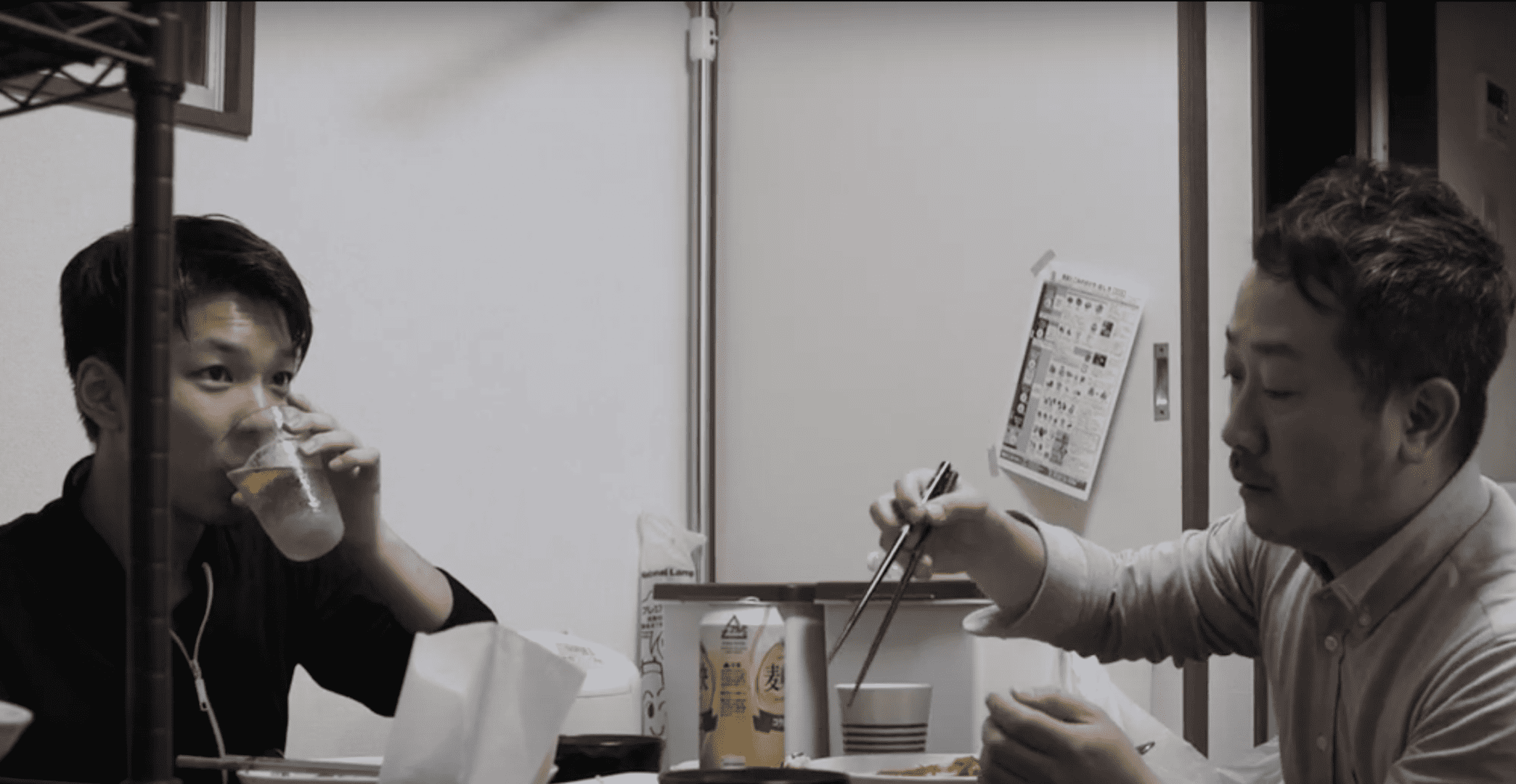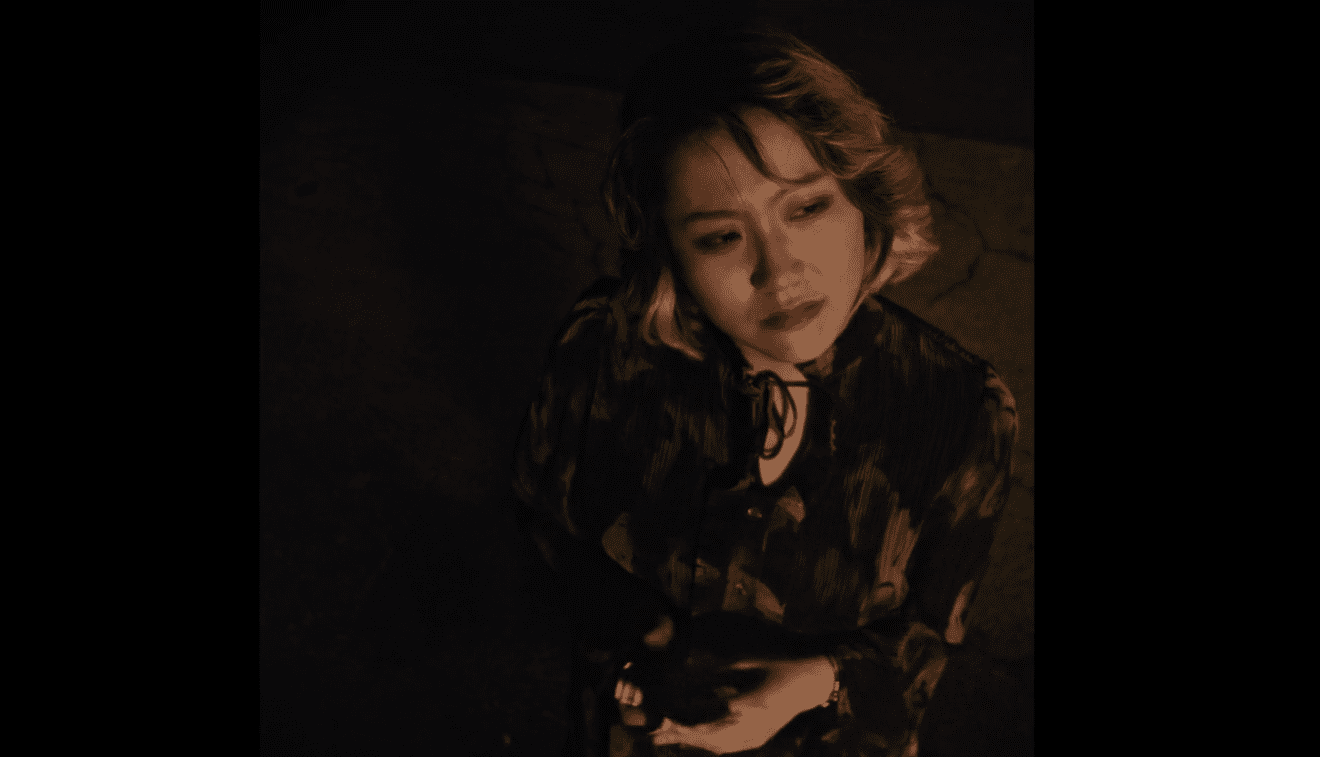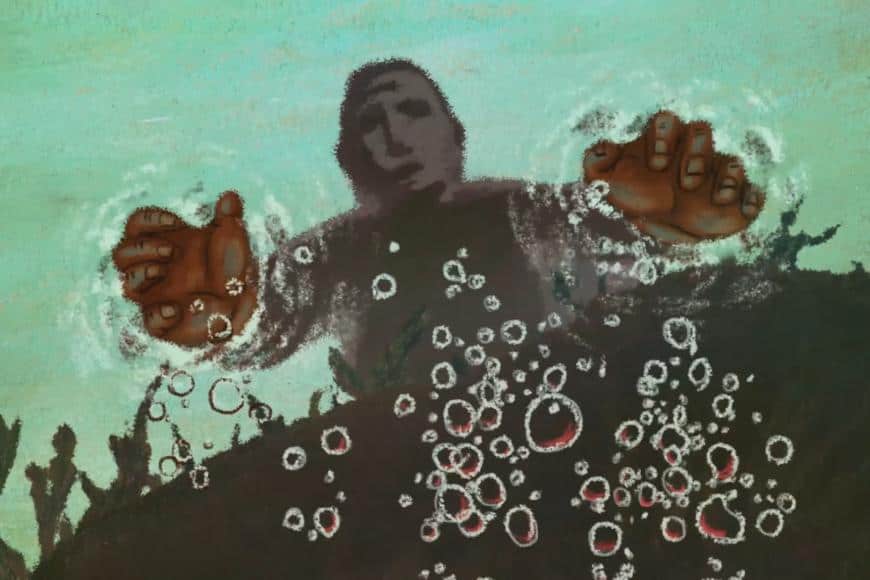“Cobalt Blue” is the second short from the Burmese director Aung Phyoe. The title of movie was inspired by a line from the lyrics of a musical composition by the poetess queen Mya Galay. The short premiered at Locarno Film Festival and was shown around Southeast Asia.
A few months after the 1997 UN economic sanctions over Burma, a small family of three is readying to relocate from Yangon to the countryside where the family patriarch has been stationed. With the father still at work, the mother and her son must prepare everything and bid farewell to their friends and familiar surroundings. Each one of them has to make many personal sacrifices and grow in his own way so as to start anew in the new place.
With “Cobalt Blue”, Aung Phyoe continues exploring the themes he started in his previous short, “Seasonal Rain”. Similarly to his previous effort, here he tells a universal yet personal coming-of-age story that is a society defined by repressions. Yet, here they are of different nature. They are physical and economic, not emotional. The people still have to endure quietly and hide but what they must not speak about is not as nebulous as freedom of choice and expression but the actual blunders by the government.
The movie is also a meditation on growing up and learning, while the world continues to treat you like a clueless kid. We can see that through the fact that we, as viewers, identify with the boy and think we know as much as him but midway through the film, realize that he is way more observant and know more than all of the adults. Maybe it's a long stretch, but it also speaks of the Burmese government's treatment of its citizens as senseless and gullible children who are required only to follow without even a squeak of discontent. Still, this possible critique of the regime is done is such a subtle manner that it is difficult to be sure if it is there in the first place.
Though ostensibly a coming of age story about a young boy, “Cobalt Blue” is as much about the growth of his mother, too. And by extension, an exploration of being a woman in Burmese society. Having to take care of the house and the movie virtually alone and going through an emotionally difficult time herself, we are given glimpses of the rather conservative and patriarchal society she has to exist in. Again, this is a bit of a throwback to his first short but seen from a different perspective. It's a bit as if the girl from “Seasonal Rain” has grown and instead of being under the control of her overbearing mother is under the control of her somewhat aloof though hardworking husband.
Thaiddhi's cinematography creates a very intimate and elegant feeling befitting the story. The shots are carefully composed, yet natural-looking. What's more, many of them contain direct references to the title and the country's situation, mostly in the form of different objects with different hues of blue, courtesy of Moore Phyu's awesome art direction. Though shot in a way that makes them blend with the background to the point of being almost imperceptible, these small details add a lot to the atmosphere of the film but also the character creation.
There is nothing show-offy here. No tracking shots such as the ones that plagued “Seasonal Rain” or unnecessarily artful compositions. The editing by Myo Min Khin, too, is subtle and very organic, letting the beautiful story take center stage. Still, in similar way to the story and themes, there is a visual continuity between Phyoe's two shorts. Where this is most easily noticeable is the shots behind mosquito nets and other frames. It's a bit reminiscent of Edward Yang but it also feels uniquely Aung Phyoe's. That is something very interesting to witness, especially for a young artist as him.
The continuity of themes and visual elements between Aung Phyoe's two efforts shows his growth as an artist and visual storyteller. Whereas “Seasonal Rain” looks and feels like a student film with all of its unnecessary visual showing off, pseudosophistication and lack of thematic depth, “Blue Cobalt” is a much less visually flashy but more rewarding and though-provoking experience.


